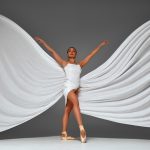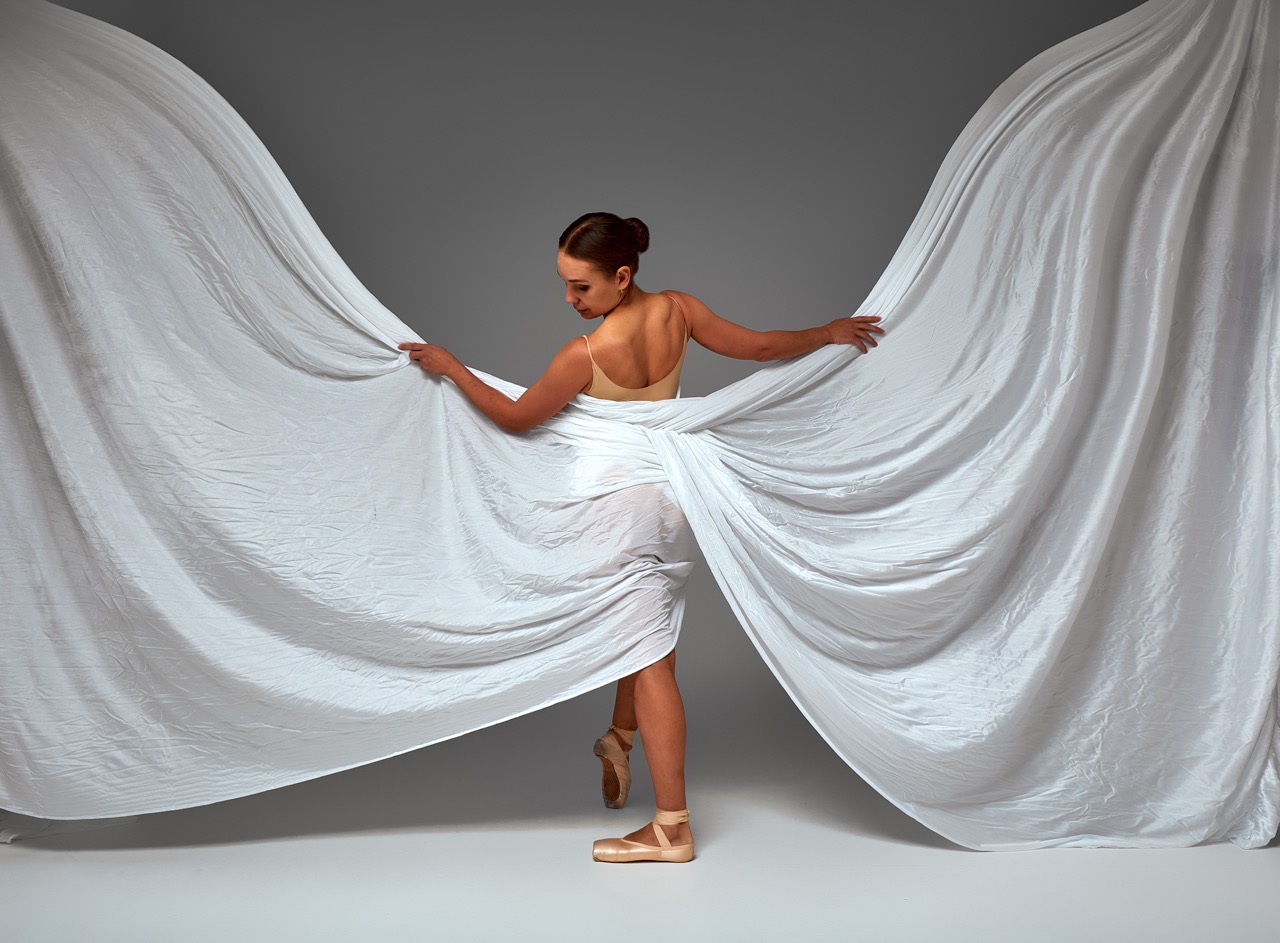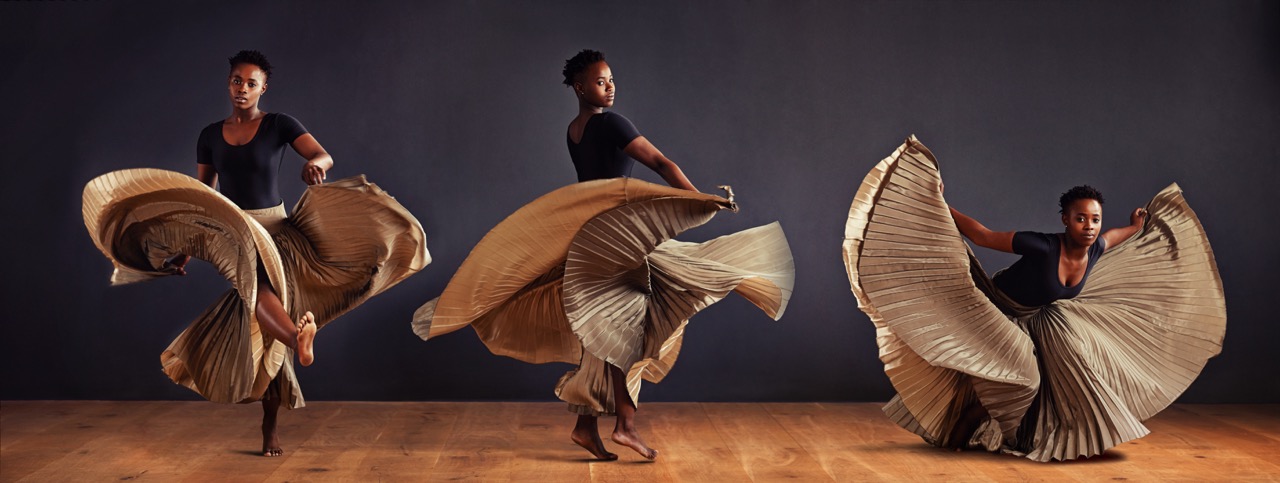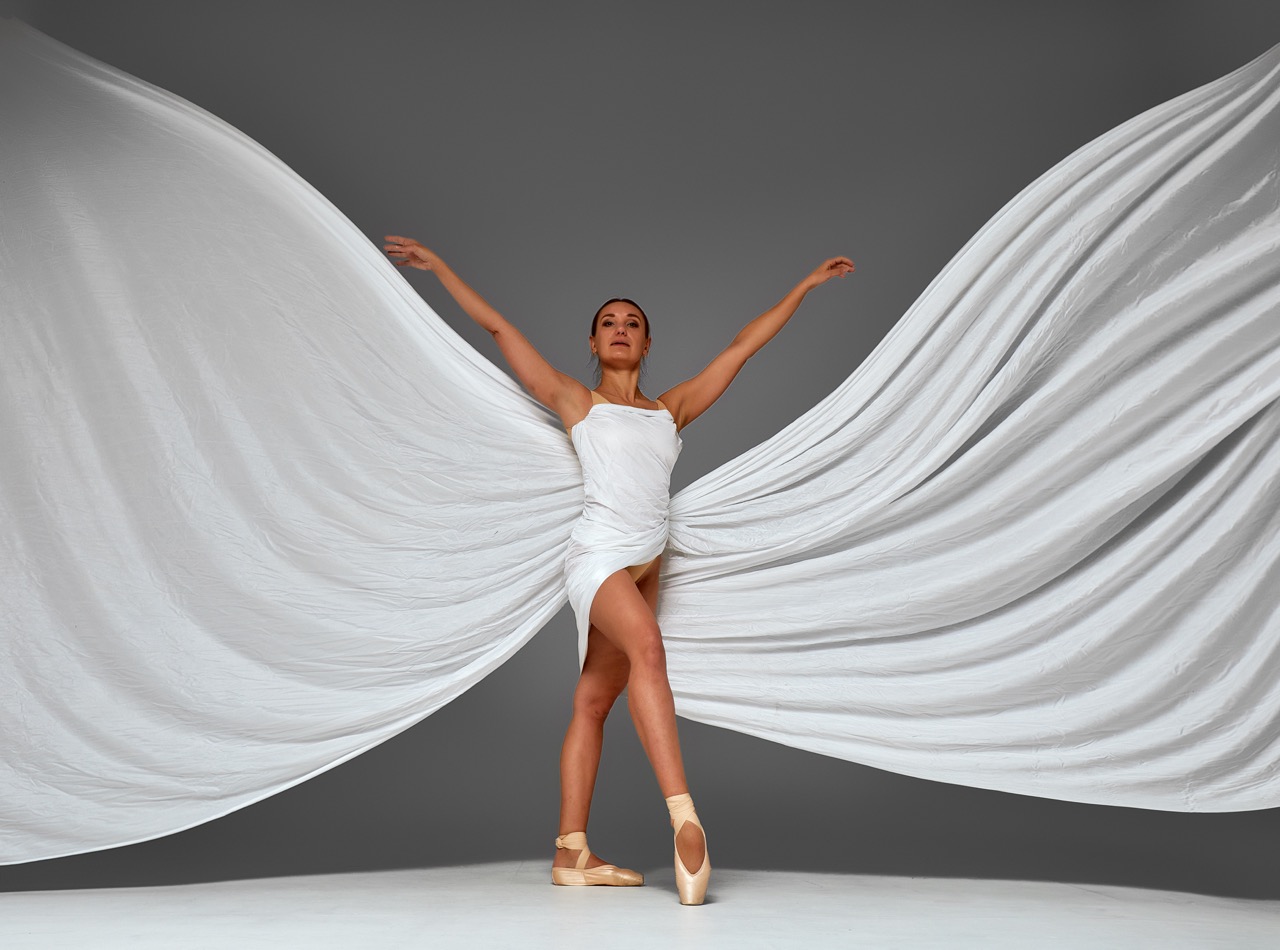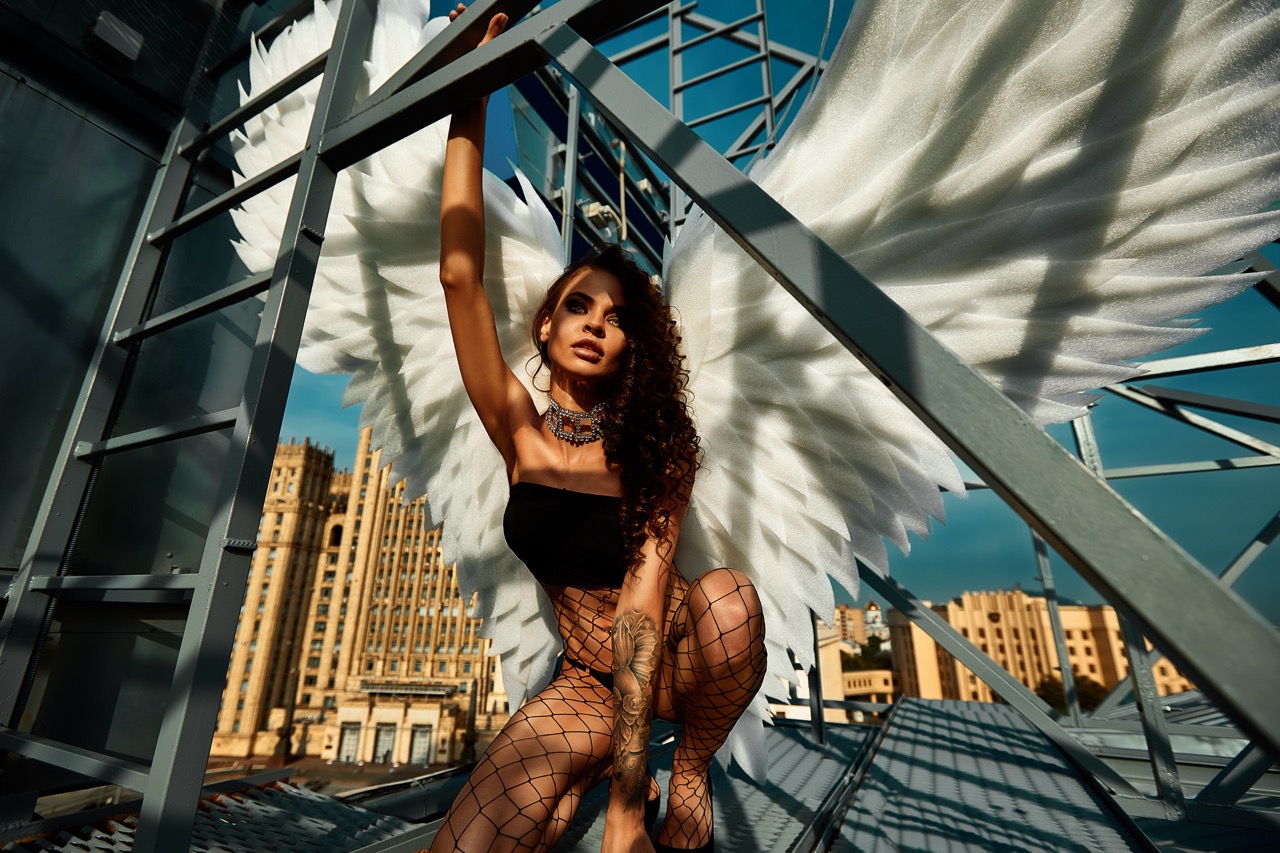The world of dance is an ever-evolving landscape where creativity and technology converge to push the boundaries of artistic expression. One of the most exciting developments in this realm is the advent of 3D printing, which is transforming the design and functionality of dance wings. These intricate, flowing structures have long been a staple of various dance forms, adding a layer of visual splendor to performances. With 3D printing technology, designers and choreographers are now empowered to create wings that are not only visually stunning but also precisely tailored to enhance movement and storytelling. This article delves into how 3D printing is revolutionizing dance wing design, offering insights into its transformative impact on movement, precision, creativity, and artistic expression.
Transforming Movement: The Future of Dance Wing Design
The integration of 3D printing into dance wing design heralds a new era of movement possibilities. Traditional wing designs often come with limitations, such as weight and rigidity, which can restrict a dancer’s range of motion. However, with the advent of 3D printing, designers can create wings that are lightweight yet structurally sound, allowing dancers to move with unprecedented fluidity. This newfound freedom in movement not only enhances the dancer’s performance but also allows for more dynamic choreography that fully utilizes the capabilities of the wings.
Moreover, 3D printing enables the production of complex geometries that were previously impossible to achieve with conventional materials. Designers can experiment with intricate patterns and shapes that respond to the nuances of movement in real-time, creating a visual spectacle that complements the dance. As a result, the wings become an extension of the dancer’s body, blurring the lines between performer and prop. This seamless integration of 3D-printed wings into choreography opens up a plethora of creative avenues for dancers and choreographers alike.
As the technology continues to evolve, the future of dance wing design looks promising. Innovations such as responsive materials that change shape or color during performances can further enhance the storytelling aspect of dance. For instance, wings can be designed to react to the dancer’s movements, creating an interactive experience that captivates audiences and immerses them in the performance. The potential for these advancements is limitless, ensuring that the fusion of technology and artistry will remain at the forefront of dance for years to come.
Precision and Creativity: 3D Printing Takes Center Stage
One of the most significant advantages of 3D printing in dance wing design is the precision it offers. Traditional fabrication methods often rely on manual craftsmanship, which can lead to inconsistencies and limitations in design. In contrast, 3D printing allows for meticulous accuracy, enabling designers to create intricate details that elevate the aesthetic appeal of the wings. This precision not only enhances the visual impact of the performance but also ensures that the wings fit the dancer perfectly, contributing to a more cohesive and harmonious presentation.
Furthermore, the creative possibilities afforded by 3D printing are virtually endless. Designers can easily prototype various designs, experimenting with colors, textures, and functionalities without the constraints of traditional manufacturing methods. This iterative process encourages innovation, allowing artists to push the boundaries of what is possible in dance wing design. The ability to quickly modify and test new ideas fosters a collaborative environment where dancers and designers can work closely to realize their visions, resulting in a more integrated approach to performance art.
As artists embrace this technology, we are witnessing a surge in experimental designs that challenge conventional notions of dance aesthetics. Wings can now incorporate elements such as lighting, kinetic structures, or even sound, creating a multi-sensory experience for audiences. This expansion of creativity not only enriches the dance itself but also invites viewers to engage with the performance on a deeper level, transforming it into a fully immersive experience.
From Concept to Reality: Innovating Dance with Technology
The journey from concept to reality in dance wing design has been significantly accelerated by 3D printing technology. Designers can swiftly create prototypes, allowing for rapid experimentation and iteration based on dancer feedback. This agile design process enables choreographers to visualize their ideas more effectively, bridging the gap between imagination and execution. The ability to swiftly produce and refine designs fosters a collaborative atmosphere where dancers can actively contribute to the creative process, resulting in wings that truly resonate with both the performers and the audience.
Moreover, 3D printing democratizes access to innovative designs. While custom wings may have once been the domain of well-funded productions, the affordability and efficiency of 3D printing allow independent artists and small companies to bring their visions to life. This accessibility encourages diversity in artistic expression and empowers a new generation of dancers and choreographers to explore their creativity without the constraints of traditional manufacturing limitations.
As these innovations continue to take shape, we are likely to see a shift in how dance performances are conceptualized and produced. The interplay of technology and artistry will lead to new forms of storytelling, where the wings themselves can become characters or symbols within the narrative. This evolution of dance will not only challenge the norms of performance but also inspire a broader audience to appreciate the intricate relationship between art and technology.
The Artistic Revolution: 3D Printing in Dance Performance
The artistic impact of 3D printing on dance performance is nothing short of revolutionary. As performers don these meticulously crafted wings, they become part of a larger narrative that transcends traditional performance elements. The visual spectacle created by 3D-printed wings enhances the storytelling aspect of dance, allowing for a more profound emotional connection between the dancers and the audience. The wings serve as a canvas for expression, transforming movement into a visual art form that resonates on multiple levels.
Additionally, the use of 3D-printed wings fosters collaboration across disciplines. Dancers, designers, and technologists work together to explore new possibilities, leading to innovative performances that blend choreography with cutting-edge design. This interdisciplinary approach not only enriches the artistic process but also encourages experimentation with various mediums, creating a vibrant ecosystem of creativity. The result is a fusion of dance, visual art, and technology that captivates audiences and pushes the boundaries of what performance can be.
As more artists embrace 3D printing, we can expect to witness groundbreaking performances that challenge traditional conventions. The integration of technology into dance opens up new avenues for expression, allowing for the exploration of themes such as identity, environment, and the human experience. The artistic revolution sparked by 3D printing is not merely a trend but a fundamental shift in how we conceive and experience dance, ensuring that this art form continues to evolve and inspire future generations.
In conclusion, 3D printing is not just a tool for fabrication; it is a catalyst for transformation within the world of dance. By revolutionizing wing design, this technology enhances movement, fosters precision, and ignites creativity, paving the way for innovative performances that captivate audiences. As artists continue to explore the intersection of technology and artistry, we can anticipate a future where dance becomes an even more immersive and multifaceted experience. The journey of dance wing design is just beginning, and 3D printing will undoubtedly play a crucial role in shaping its future, leaving an indelible mark on the art of performance.


